- Home
- ::
- Do IVF Babies Look Like Both Moms? Unraveling the Genetic Mystery
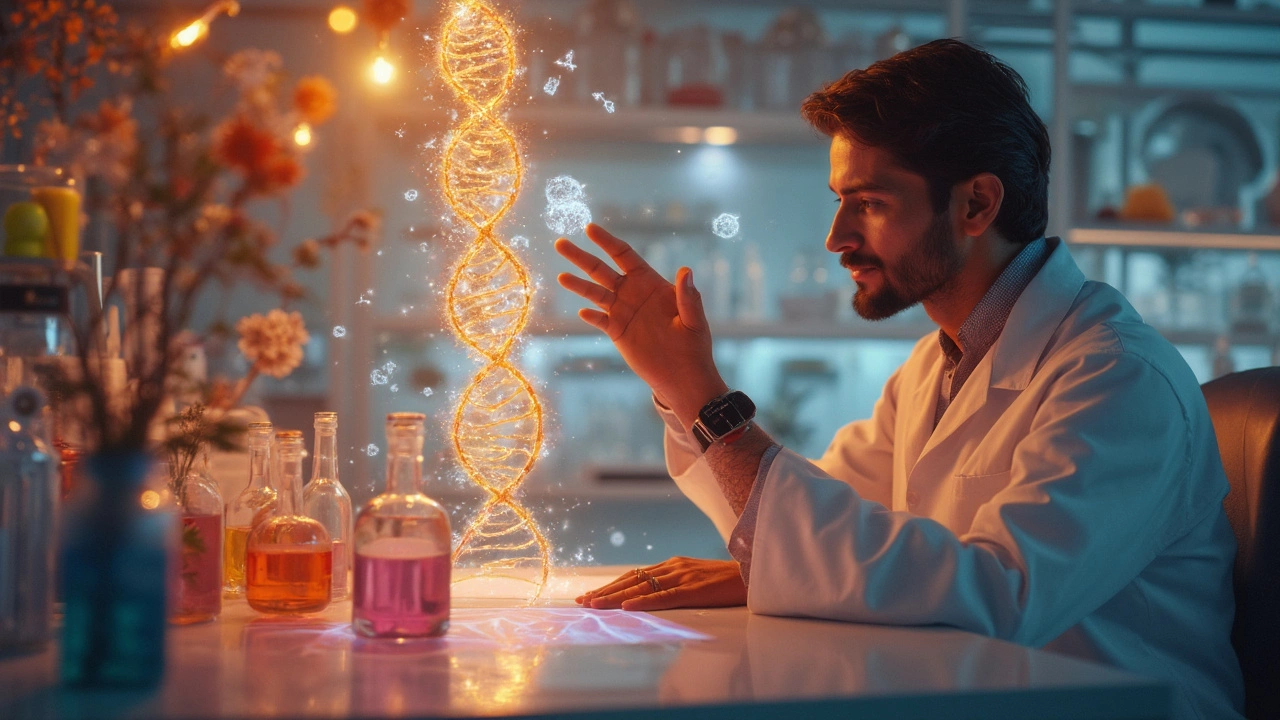
Do IVF Babies Look Like Both Moms? Unraveling the Genetic Mystery
Ever wondered if an IVF baby can resemble both moms? It's a bit of a complex mystery wrapped in science, and understanding it starts with knowing how genetics play out in IVF treatments. Traditionally, when it comes to resemblance, it's all about whose genetic material is involved. But there's more to it than just biology.
During IVF, typically an egg from one parent and sperm from another fertilize to create an embryo. So, if we're talking about resemblance, it primarily comes down to whose genetic material is being used. If both moms are involved, it could be that one mom provides the egg, while the other carries the pregnancy. In such cases, the genetic material is from the donor, which can affect the child's traits and appearance.
Now, here's where it gets interesting: even without contributing DNA, the birth mom can still influence the baby. How? Through mitochondrial DNA—tiny, powerhouse genes residing outside the cell nucleus that are passed along almost exclusively from the mother during natural conception and can reflect maternal lineage. In some pioneering cases, a birth mom's mitochondria might be part of the equation, playing a minor but notable role in the child's genetic makeup. This is one way the birth mom can indeed be part of the baby's biological blueprint!
- Understanding IVF and Genetic Contribution
- The Role of the Egg and Sperm in Resemblance
- Mitochondrial DNA: A Connection to the Birth Mother
- Influence of Maternal Environment on Appearance
- Scientific Advances in Genetic Testing and Predictions
Understanding IVF and Genetic Contribution
If you're wondering what makes IVF babies resemble their parents, here's the scoop. In-vitro fertilization, commonly known as IVF, is a process where an egg and sperm are combined outside the body in a lab dish to form an embryo. This little embryo is then transferred to the uterus.
Now, when talking about the genetic side of things: the resemblance of a baby to parents hinges on whose genetic material was used. Normally, it's a combination of the mom's egg and dad's sperm. But, in scenarios where two moms are involved, one would typically provide the egg—a key source of DNA, contributing significantly to the baby's traits.
Who Contributes What?
The DNA contained in the egg and sperm mingles to form the embryo, giving rise to traits like eye color, height, and even certain health predispositions. Interestingly, the egg has an extra component called mitochondria, coming from the mom, which has its own unique set of DNA.
Mitochondrial DNA's role, although minor compared to the hundreds of thousands of genes in the nuclear DNA, presents an intriguing fallback. For those eyeing scientific advances, some IVF techniques incorporate both moms' genetic backgrounds—combining mitochondria with genetic material from a donor egg.
The Blend of Science and Parenthood
IVF has opened up possibilities for different family structures to pass on their genes. The science behind it allows families the flexibility to decide how genetic material is used, ensuring there's a biological connection, even if it's not immediately apparent on the outside.
It's fascinating how science offers profound ways for same-sex families to build biological connections with their children.
| Component | Source |
|---|---|
| Egg Cell DNA | Typically from one mom |
| Sperm Cell DNA | Donor or partner |
| Mitochondrial DNA | From the mom carrying the baby |
The Role of the Egg and Sperm in Resemblance
When it comes to how an IVF baby looks, the egg and sperm are the star players. Think of them as the blueprints a designer needs to construct a building. The genes inside them determine many of the child's physical features: eye color, hair type, maybe even that adorable nose.
Genetic Makeup: A Mix from Both Parents
Each child inherits half of their chromosomes from the egg (typically supplied by a mother or an egg donor) and half from the sperm. This combination mixes two sets of genetic instructions to develop a unique individual. That's why you sometimes notice family resemblances, like your grandpa's eyes or your aunt's dimples.
IVF treatment doesn't change how genes combine—it just sets the stage for fertilization. However, the choice of whose egg and whose sperm can tweak the potential range of features.
Impact of Egg Donors on Resemblance
In scenarios where an egg donor is used, the baby's genetic resemblance will be largely influenced by the donor rather than the birth mother. This can be a key consideration for those hoping for a biological connection. It's all within the natural genetic lottery everyone experiences, amplified by the selection process in choosing a donor.
Dual motherhood can introduce unique nuances. If both women use their genetic material, advanced methods might let one mom's egg and the other's mitochondria combine, a relatively new concept researchers explore as our understanding of genetics evolves.
| Aspect | Genetic Influence |
|---|---|
| Eye Color | Dominantly influenced |
| Height | Polygenic traits |
| Nose Shape | Combination of gene variants |
The choice of whose genetic material is involved in IVF significantly impacts an IVF baby's resemblance, weaving a story of DNA that is both ancient in its biology and modern in its conception.
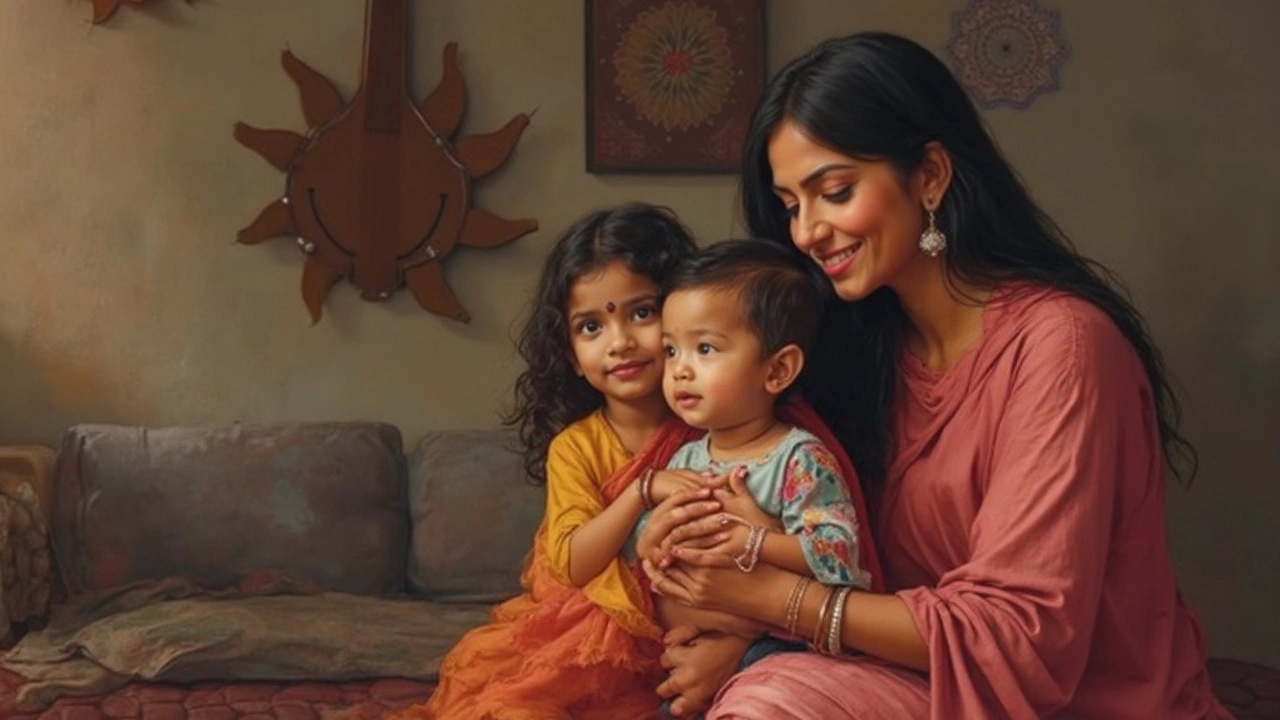
Mitochondrial DNA: A Connection to the Birth Mother
Alright, so let’s talk about how the birth mother might have a genetic connection to the baby, even if she doesn't provide the egg in IVF treatment. It's all about this cool stuff called mitochondrial DNA. You don’t hear about it as much as the regular nuclear DNA, but it plays a crucial role.
Each person has mitochondria in their cells, which are like tiny energy factories. What's unique here is that this mitochondrial DNA is inherited solely from the mother. So, whether you’re from a naturally conceived background or through IVF, your mitochondrial lineage is from your mom. Interesting, right?
Why Does This Matter in IVF?
In some IVF procedures, there's an option to include mitochondrial material from the birth mom, even if she isn't the egg donor. This inclusion doesn’t change the child’s main traits like eye or hair color, but it does mean they carry a genetic fingerprint from her—a biological piece of mom embedded in every cell.
This tweak is more than just sentimental. Mitochondrial issues can lead to health concerns, so using healthy mitochondrial DNA helps ensure the future health of the child. The added bonus? A deeper emotional connection for the birth mother, knowing her child carries a part of her.
The Science in Numbers
| Component | Genetic Contribution |
|---|---|
| Nuclear DNA | 50% from each parent (if both provide genetic material) |
| Mitochondrial DNA | 100% from the mitochondrial donor (often the birth mother) |
What this table highlights is just how significant that small, but crucial, piece of DNA is—it’s entirely maternal in origin, offering a unique connection.
Thinking About the Future
As IVF technology advances, who knows what more can be done? Maybe in a few years, there'll be more involvement from both moms genetically. What's clear is that current techniques are already pushing the boundaries and opening new doors for parents-to-be. Watching this space is going to be fascinating!
Influence of Maternal Environment on Appearance
While the IVF treatment process primarily focuses on genetics, the maternal environment plays a quiet yet crucial role in shaping a child's appearance and health. Did you know that a baby's in-utero environment can influence their traits more than you'd think? The nutrients, hormones, and overall health of the mom carrying the pregnancy have a significant impact.
During pregnancy, the mom's lifestyle and environment interact fascinatingly with the developing baby. Factors like diet, stress levels, and even exposure to toxins can affect gene expression—this is sometimes called the 'epigenetic' influence. So, what mom eats or experiences could impact how the child's genetic traits are expressed, potentially affecting everything from their weight to even personality traits.
Nutrition and Developmental Impact
A steady intake of vital nutrients—like folic acid, calcium, and iron—not only helps in fetal development but also can shape physical outcomes like height and brain development. Pregnant moms are often recommended a balanced diet to support the best outcomes for their IVF babies. Ever seen traits like strong teeth or shiny hair on a child? Proper prenatal nutrition might be part of the back story.
External Factors and Stress
The environment where the pregnancy happens can also sway things. For instance, high stress or exposure to pollutants may influence fetal development, leading to shifts in anticipated traits or heights. Controlling these factors as much as possible is crucial for a healthy pregnancy.
Let's not forget about the power of maternal love and connection. While it might sound a bit abstract, some studies indicate that the emotional bond created during pregnancy can also play a role in shaping the child's overall demeanor and social traits.
- Ensure a balanced diet rich in essential nutrients.
- Minimize exposure to pollutants and stress.
- Foster a positive emotional environment.
In summary, the mom carrying the baby provides more than just a biological vessel—her environment, choices, and emotional health may have subtle but meaningful impacts on the development of the IVF child, especially in an IVF context where the genetic contributions might be unique or unexpected.

Scientific Advances in Genetic Testing and Predictions
So, how far has science come in this whole area of IVF and predicting what your kid might look like? Well, actually, quite a long way! The combination of genetic testing and modern tech is really shaking things up. Let's dig into some of these fascinating developments.
The Role of Preimplantation Genetic Testing (PGT)
Preimplantation Genetic Testing (PGT) has become a common part of the IVF treatment landscape. What this does is allow expecting parents to screen embryos for genetic conditions before they're even implanted. Not only can this help prevent certain genetic disorders, but it might also provide hints about other traits—though that's a more complex business.
While PGT isn't used explicitly to pick traits like eye color or height, parents can get some insights on potential attributes. However, ethical considerations keep the focus on avoiding hereditary diseases rather than creating designer babies.
Predictive Analytics and Embryo Selection
Now, predictive analytics is pretty exciting. Labs use advanced algorithms to analyze genetic data and predict which embryos might result in a successful pregnancy. While this technology focuses on health-related outcomes, the genetic information gathered can inadvertently suggest what physical traits could appear. Ultimately, though, a lot still comes down to the mystery of genetic inheritance.
Gene Editing: A Controversial Frontier
Ah, CRISPR—ever heard of it? This gene-editing tool is trekking into some uncharted territory. While it's not mainstream in IVF, the potential for altering genetic makeup is there, and researchers are considering its implications. But again, ethical boundaries keep such procedures tied to health needs for now.
The future of genetic testing and selection is one heck of a roller coaster and promises a deeper understanding of genes. The possibilities seem endless, but realizing this potential means treading carefully, considering both scientific vigor and ethical soundness.

 Health and Wellness
Health and Wellness

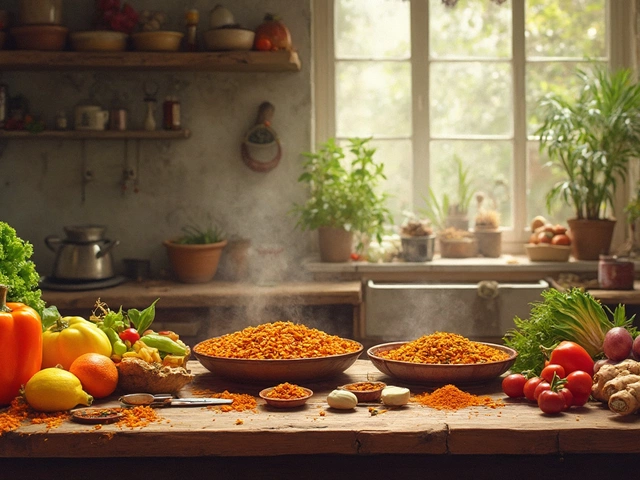
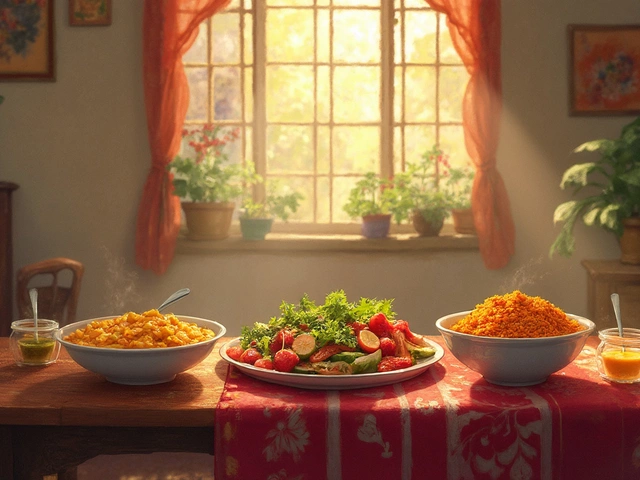
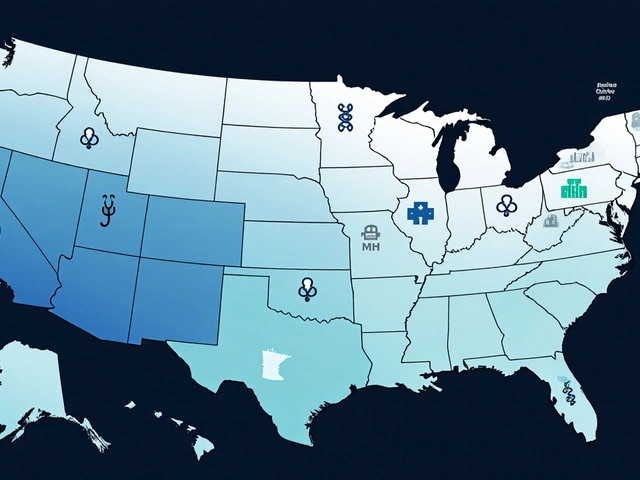

Write a comment